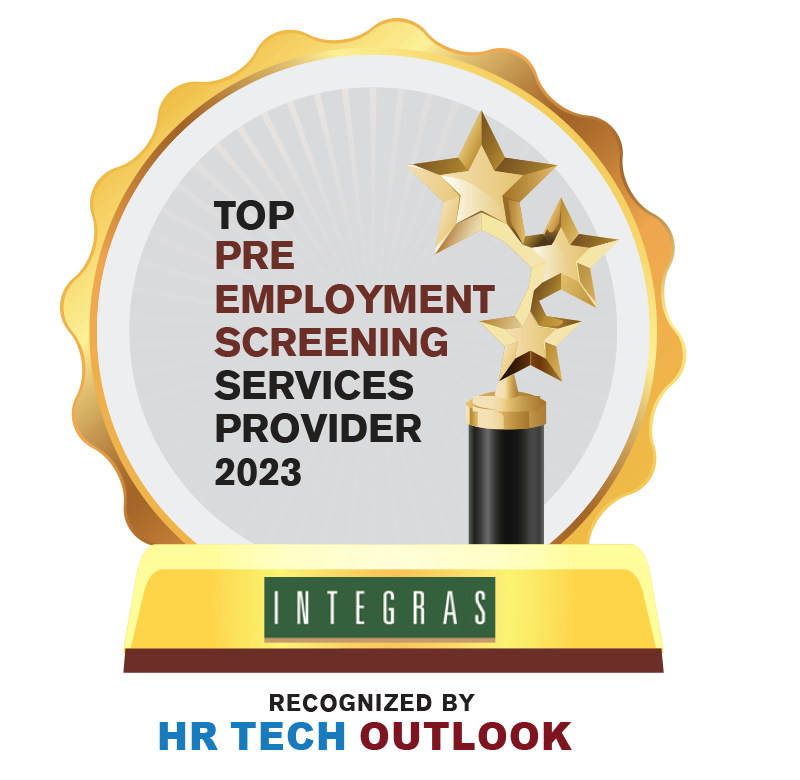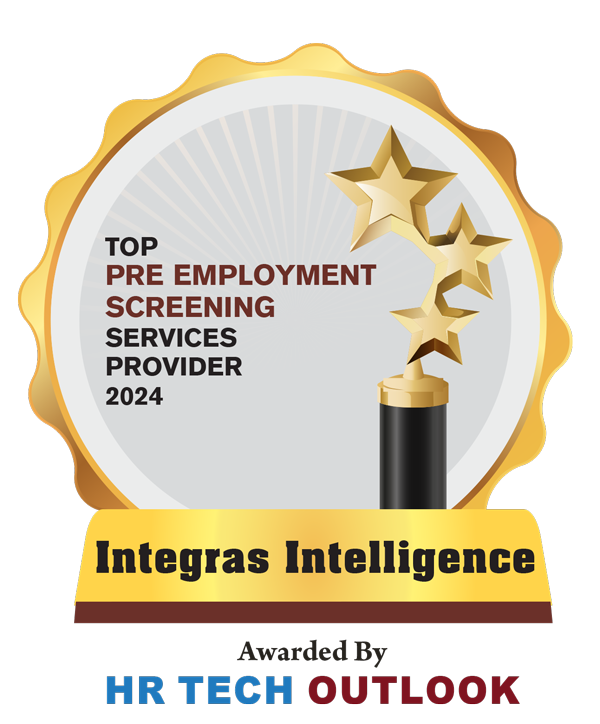
Background
One of the reasons I loved my previous career as a police officer is that every day was different, and I’ve realized quickly that my career at Integras Intelligence is the same. While many of the cases we handle at Integras are similar, such as due diligence, corporate investigations, and TSCM surveys, some are not. About three weeks into my tenure here, we received one that was not typical—a missing person case.
A missing person can be defined as anyone whose whereabouts are unknown, regardless of the condition of their disappearance. According to the National Missing and Unidentified Persons database, more than 600,000 people go missing each year. In New York City, to be reported missing, you must fall within a specific category, such as being a child or elderly, having a serious medical or physical condition, or disappearing in connection with a crime.
Situation
A family hadn’t heard from their loved one for several weeks, and they were very concerned. Based on the criteria above, we agreed that the family member was missing.
They were unsure about how to navigate the law enforcement system and wanted our assistance. It was good that they contacted us. Based on my experience and public information, police departments are shorthanded, and the family might not have received the assistance they were seeking.
Solution
The first step was to gather as much information as possible. Our investigators met with the family at the individual’s last known location and confirmed that there was sufficient information to file a police report, which we helped file.
This was a critical step for many reasons. From our perspective, it gave us the necessary documentation/credibility to support our efforts. As anyone who has worked on something like this knows, there is not a one-size fits all solution, and you have to take a multi-pronged approach. In addition to staying in regular contact with the family and detective assigned to the case, our team did the following:
- Conducted background research on the missing person and others of interest
- Reviewed social media and internet activity
- Advised the family to create a missing person flyer to distribute in the area and share with friends, family, and others on social media
- Contacted community groups who also shared the flyer with their constituents
- Conducted interviews and provided leads to the detective for follow-up
Lastly, in what proved to be the most important step, we worked with the police department to contact the phone company and ping the missing person’s cell phone. A cell phone ping can generally locate a person’s phone within 100 to 1,000 meters.
This is where law enforcement involvement and a police report are critical. Based on my police experience, I remembered a resource that I previously used: a 24/7 hotline that can ping an individual’s phone without a subpoena or court order for a limited amount of time. I worked with an officer on reaching out to the phone company, and we were able to ping the missing person’s phone. We obtained the location of the last ping and contacted the local police department, who worked with us in eventually locating the individual.
Conclusion
At Integras, we often talk about a layered approach to investigations. In this example, time was of the essence, and no one knew what would work. By deploying multiple resources, we were able to help the family find their loved one. It doesn’t always work out this way, but don’t underestimate the importance of methodology. It can significantly increase or decrease your chances.
In my experience as a police officer, most of my colleagues were great people with a strong desire to help and protect the people they served. Even so, police departments receive a lot of missing persons reports, and it is impossible to put efforts like these on every case. While this is horrible to hear if someone you know is missing, it is the harsh reality. This is why many families continue the search on their own after the initial frenzy of activity.
If you find yourself in a situation like this family, do your research and know what resources are available to you. In addition to firms like ours, many local and national non-profit organizations can also help.













2 Responses
Hello. I am searching for my father that is in Tulsa, Oklahoma. He is 83 yo and homeless. He does receive social security and I believe it is deposited into a bank account. He has a registered vehicle and valid license, as far as I know. He has mentioned two individuals that he was running/hanging with. I have their names. I’m currently in the process of retrieving my phone records because I had their cell numbers and previously called their numbers.
So, with my father missing, can you suggest resources or guide me in my search to hopefully locate him?
I fear for his safety and well-being, but hope and pray for the best outcome.
Please, I’m in dire need of help!
Hello, Tamara, Thank you for reaching out. Please send us an email to info@integrasintel.com so we can schedule a call to discuss your message.